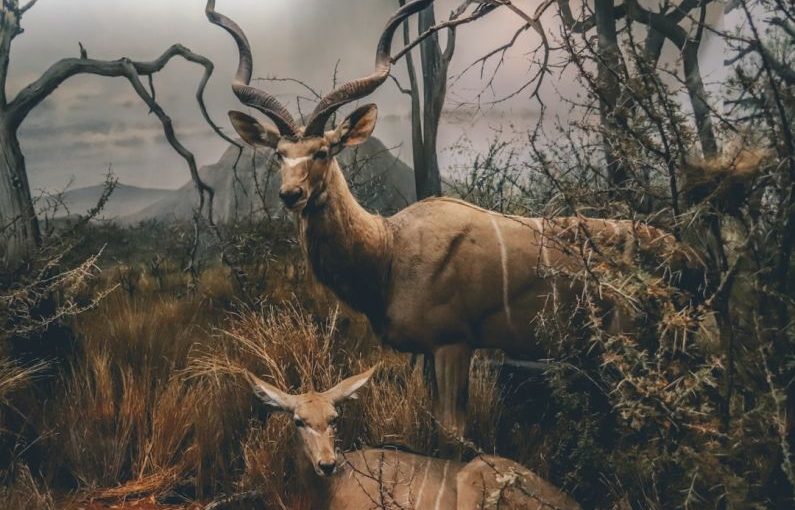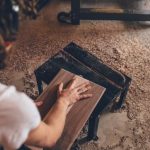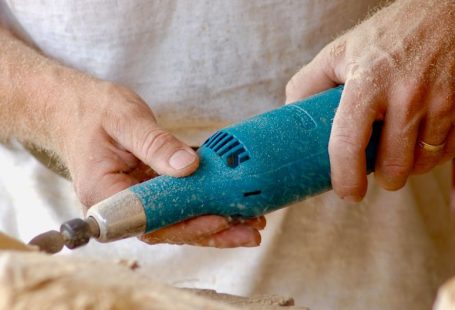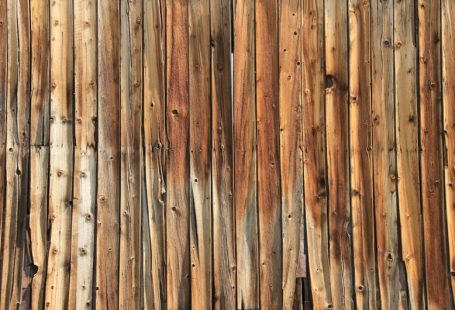When it comes to wood carving, one of the most captivating subjects to work on is creating dynamic animal figures. Capturing the essence and movement of animals through wood carving requires skill, precision, and a deep understanding of the subject. In this article, we will explore various techniques that can help you bring to life dynamic animal figures through wood carving.
Understanding the Anatomy
Before diving into carving a dynamic animal figure, it is essential to have a good understanding of the anatomy of the animal you wish to carve. Study the proportions, muscle structure, and movement of the animal to grasp its essence. Observing real-life animals or studying reference images can provide valuable insights into how the animal moves and behaves.
Choosing the Right Wood
Selecting the right type of wood is crucial when carving animal figures. Different woods have varying levels of hardness, grain patterns, and colors, which can significantly impact the final result of your carving. Hardwoods like oak, mahogany, or walnut are ideal for intricate carvings, while softer woods like pine or basswood are easier to carve for beginners. Consider the characteristics of the wood and how they will complement the animal figure you are carving.
Utilizing the Grain
The grain of the wood plays a vital role in wood carving, especially when creating dynamic animal figures. Understanding the direction of the grain can help you carve with the natural flow of the wood, preventing splintering and ensuring smoother cuts. Work with the grain to enhance the texture and movement of the animal figure, allowing the natural patterns of the wood to add depth and character to your carving.
Creating Depth and Dimension
To bring your animal figure to life, focus on creating depth and dimension in your carving. Use techniques such as relief carving to add layers and textures to different parts of the animal, emphasizing muscles, fur, or feathers. By carving at varying depths, you can create a sense of volume and realism in your animal figure, making it appear dynamic and lifelike.
Emphasizing Movement
Capturing the movement of an animal in a static wood carving requires careful attention to detail. Focus on carving fluid lines and curves that suggest motion and energy in your animal figure. Pay close attention to the positioning of limbs, tails, and heads to convey a sense of movement and grace. Experiment with different carving techniques to create dynamic poses that evoke the essence of the animal in motion.
Adding Detail and Texture
Detail and texture play a significant role in enhancing the realism of your animal figure carving. Pay attention to small details like fur patterns, scales, or feathers to add depth and complexity to your carving. Experiment with different tools like gouges, chisels, and knives to create textures that mimic the natural features of the animal. By adding intricate details, you can elevate your carving to a new level of artistry and realism.
Exploring Different Finishing Techniques
Once you have completed carving your dynamic animal figure, it is essential to explore different finishing techniques to enhance its appearance. Consider using wood stains, oils, or varnishes to bring out the natural beauty of the wood and protect your carving from damage. Experiment with painting or staining specific areas of the animal figure to add color and definition. By carefully finishing your carving, you can showcase the intricate details and craftsmanship of your dynamic animal figure.
Celebrating the Art of Wood Carving
Wood carving is a timeless art form that allows artists to express their creativity and skill through intricate and dynamic animal figures. By mastering carving techniques, understanding anatomy, and emphasizing movement and detail, you can create captivating animal figures that capture the essence of the natural world. Whether you are a seasoned wood carver or a beginner exploring this art form, carving dynamic animal figures is a rewarding and fulfilling endeavor that celebrates the beauty and diversity of the animal kingdom.





